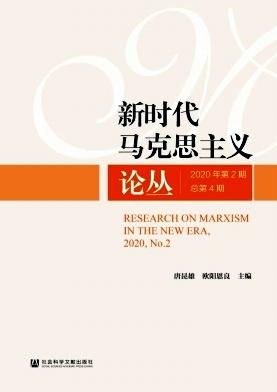Monitoring IoT-based PM2.5 and CO2 concentrations under a policy of “working from home” in Telkom University, Bandung
引用次数: 0
Abstract
The pandemic of Covid-19 detected for the first time in early March in Indonesia has been making people stay at home. It affects almost every sector, including higher education. Lecturer, staff, and students have been pushed to work and study from home. There are many approaches from the government, and the ultimate method is a full and partial lockdown. During March to May, with these techniques, it is not only can be temporary slow-down the case but also improved the quality of air. We have two fixed stations at Telkom University (-6.970, 107.629), with an altitude of around 650 and 670 m above sea level, respectively. Those locations were influenced by residential and industrial pollution under not so much open green spaces. Low-cost PM2.5 and CO2 sensors were deployed as well as monitoring meteorological parameters through cheap detectors. The system was equipped by an Internet of Things (IoT)-based modem for data transferring via the internet every 2-min. Results showed that PM2.5 mass concentrations were lower than usual cased in that location. Meanwhile, no significant evidence that the level concentration of CO2 is decreased. The decreasing mobility of people working and studying from home have been making less dirty air. It means that fewer aerosols can be identified in the air. The complex behavior between those polluted air and meteorological conditions have been tried to analyze, but no direct evidence that better air quality makes the outbreak is slowing down.在万隆电信大学的“在家工作”政策下,监测基于物联网的PM2.5和二氧化碳浓度
3月初在印度尼西亚首次发现的Covid-19大流行使人们呆在家里。它几乎影响到每一个部门,包括高等教育。讲师、教职员工和学生都被迫在家工作和学习。政府有很多办法,最终的办法是全面和部分封锁。在3月至5月期间,通过这些技术,不仅可以暂时减缓情况,而且还可以改善空气质量。我们在Telkom大学有两个固定电台(-6.970,107.629),海拔分别在650米和670米左右。这些地点受到居住和工业污染的影响,但没有那么多的开放绿地。部署了低成本的PM2.5和CO2传感器,并通过廉价的探测器监测气象参数。该系统配备了基于物联网(IoT)的调制解调器,每2分钟通过互联网传输数据。结果表明,该地区PM2.5质量浓度低于正常水平。同时,没有明显的证据表明CO2浓度水平有所下降。人们在家工作和学习的流动性的减少已经减少了肮脏的空气。这意味着空气中可以识别的气溶胶更少了。人们试图分析这些被污染的空气和气象条件之间的复杂行为,但没有直接证据表明空气质量的改善使疫情放缓。
本文章由计算机程序翻译,如有差异,请以英文原文为准。
求助全文
约1分钟内获得全文
求助全文

 求助内容:
求助内容: 应助结果提醒方式:
应助结果提醒方式:


